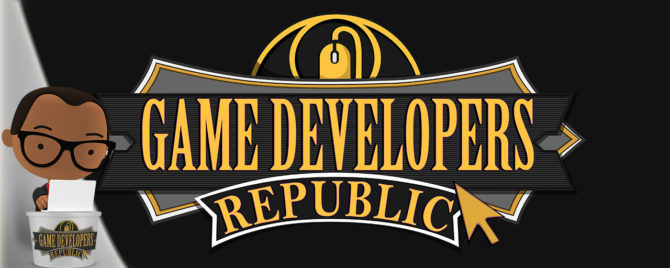How video games are made – Production
Chapter default title
Production is the main & longest stage of game development, at which point the game is actually developed. The production phase is focused on content, asset, & code creation, as well as implementing content, & completing the various tasks needed in a games development. Creating a game in an environment or team that can have fun, be creative, & experimental, while staying on track is quite challenging. However, achieving this balance is how great games are made. The game production phase can best be summed up into these 5 categories:
- Vertical Slice
- Pre-Alpha
- Alpha
- Beta
- Gold
Vertical Slice
A vertical slice is a section of the game, perhaps 5 to 30 minutes, that is representative of what the final game will look, sound, and play like.For many large developers, it’s main purposes is to be used as a pitch when talking to studio heads, to help them decide whether the game gets funded or not. However, even if you have no desire to find a publisher or additional funding, a vertical slice is a great tool to begin early testing & marketing of your project.
Creating a small finalized portion of the game will help you or your team better gauge how long the games development time will be. Which will help you & your team not only set a more realistic release date, but also help when creating deadlines & milestones during the production phase.
Pre Alpha
In game development, Pre-alpha refers to all activities performed during the games development but before official testing. This stage where the majority of the content gets made. It’s at this point where the artist create the characters & environments, animators bring the characters & creatures to life with movement, designers layout the map & levels, and the programmers bring it all together by scripting all the functions, events & interactions. During this stage it’s important to keep in mind that you should work on all the most important core game elements first. Typically things will have to be cut during a games development do to a variety of circumstances, but the most common ones are time & suitability.
In the case of time, often times it’s time vs impact, rather than not having enough time to finish or implement something. Is this worth spending your time on, or rather, will not having this impact the game, or the player's experience in a negative way.If the answer is no, is your time better spent on something that will impact the game or the player.
Content cut for suitability reasons usually refers to stuff that just didn’t fit well with the finalized state of the game. Often times, the game you or your team started out to make isn’t quite the game you end up with. So sometimes older or current assets or functions no longer fit, work well, or turn out to be just not fun. So they no longer suit the game in its current state.
Alpha
The Alpha phase begins when the game is Feature Complete. At this point the game is fully playable from start to finish, for the most part. The Alpha stage is about finishing & polishing the game, rather than building or creating additional content. During alpha, the testing or QA department is in charge of ensuring each game mode, mechanic, function, & performance work properly, & record any inconsistencies, malfunctions, performance issues, or errors on a bug sheet or bug database.
Beta
After the game has passed the alpha phase, it enters the beta phase. During this phase the focus is on fixing bugs and the game is considered content complete. The goal during Beta is to stabilize & optimized the project if need be, & eliminate as many bugs as possible before the game is launched. At this point, it’s best to prioritize the bugs from high to low. With high being game breaking or quality offending, & low being minor annoyances or small bugs that are extremely hard to replicate. In the beta phase, stability is your main goal.
Gold
Once the game has passed the beta phase it is considered gold. This is the point where all your weeks, months, or years of hard work are paid off. At this point, the final game is sent to be tested by your publishing outlet, & if it’s found to be acceptable, it’s released to the public. This would be the point were you & your team go into post-production & have a chance to relax, & enjoy the fruits of your labor for a bit, before you start on your next project. Once you get to this point you’ve officially released a game, which is a major accomplishment all in itself.




